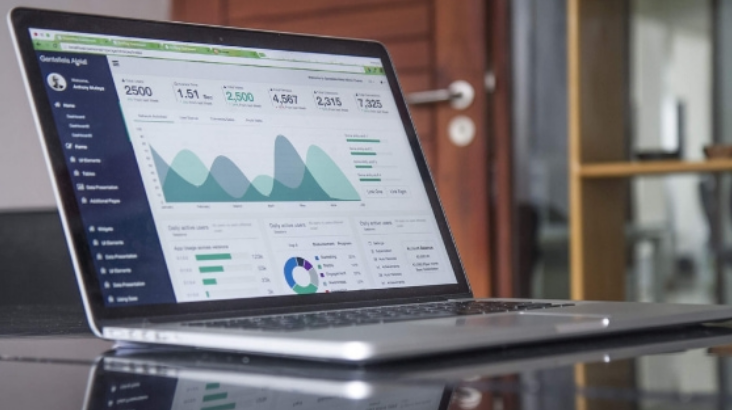
Last month, about half of America made New Year’s resolutions. For businesses, the start of a year is often a time to reassess team and company goals—with the intention of growing your business, of course. But how can you tell if you are actually growing? KPIs, or Key Performance Indicators, are measures you can use to track your company's success or help flag areas that need attention.
These are 5 common eCommerce KPIs you can use to measure your growth:
- Gross Margin - The difference between your revenue and the cost of goods sold. This is key as you look to reinvest profits for growth. You can move the needle on this metric in several ways, such as lower cost of goods with improved supply chain management, better supplier deals, or more efficient product transport. You can raise the price of your products, but beware of damaging your overall purchasing numbers and netting less on overall dollars.
- Conversion Rate - The number of visitors who become buyers. It’s great if people visit your site, but are they buying anything? If not, you may need to adjust your site purchase experience, your audience acquisition strategy, or both. Conversion rate can indicate the effectiveness of your shopping experience. However, if this metric is moving and nothing with your site experience or product mix is different, this could point to changes in your visitor mix. It's not uncommon to see your conversion rate drop when a marketing initiative drives a lot of new visitors to your site—a post going viral, for example. It brought a lot of traffic, but not actual buyers, so it's important to look at conversion relative to site traffic and traffic sources. You can drill into the conversion rate for advertising, email campaigns, and promotions to understand which acquisition channel was most effective at driving the highest quality traffic. Conversion rate is also useful to benchmark against total revenue. If total revenue is up, perhaps new so-called "junk traffic" is worth it because your site really did net more sales at the end of the day.
- Value per Visit - Total value created divided by the number of visitors. "Value" itself can be difficult to track because there are many intangible aspects. For example, if a customer visits your site and leaves a review, this does not have a tangible value but could lead to increased sales in the future. Likewise, focusing solely on the number of visitors can cause you to miss some low-volume but high-value channels that deserve more attention. Tracking value per visit puts both numbers in perspective. This is especially helpful in guiding decisions around advertising.
- Average Order Size - Divide revenue by the number of transactions to see how much each customer delivers to the bottom line. There are a few ways to change this metric, all of which take already-converting customers and grow the total dollars they spend. A prime example: offer free shipping at several dollars over your current AOV (average order value) to boost order size. Calculate the cost of shipping vs. the total net dollars to determine what dollar amount will be worth the shipping loss. You can also raise prices, but keep a very close eye on overall conversion to make sure you aren't raising AOV only to cut total site revenue. Cross sells and checkout upsells are also commonly used techniques to raise AOV. If you add upsells in checkout, first baseline the checkout funnel performance and ensure the upsells aren't negatively impacting checkout completion.
- Cart Abandonment Rate - How many visitors initiated an order versus how many completed an order. In percentage terms, [1 – (the total number of people who complete checkout divided by the total number of people who start checkout)]. This is some of the lowest-hanging fruit when it comes to driving sales. If shoppers are filling their carts before leaving your site, your prices or shipping costs may be too high. While abandoned cart emails are the easiest and smartest way to recapture this traffic, it's ideal that potential customers don't leave at all. Closely analyze the checkout funnel to see where and when visitors are leaving, to understand and address underlying reasons. In one client's case, examining checkout behavior revealed many users leaving the flow to visit a shipping rates page. Updating checkout to display shipping costs and rules in the funnel significantly decreased the abandonment rate. Login issues are another common reason for abandonment, especially with a customer base that buys infrequently. If this appears to be an issue on your site, consider the timing of account login, password reset experience, and the overall value of requiring user login for checkout. It might be costing more than it's worth.
Tracking these metrics is just as important as implementing your growth strategy, because it allows you to calibrate as the year progresses. According to US News, 80% of resolutions fail by the second week of February. Are you on track to reach your 2018 goals?

